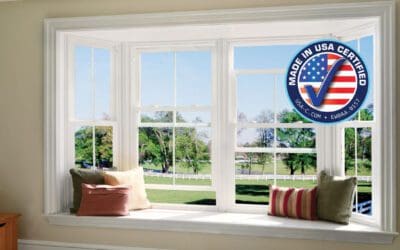The manufacturer’s warranty on a replacement window can provide some insight into the quality of the product. Here’s what you should look for:
Coverage Scope: A good warranty covers not only the window itself but also the parts and components. It should cover the frame, sash, glass, seals, hardware, and other parts. A warranty that covers only a specific part or excludes major components is usually a major red flag.
Limited and Lifetime Warranty: Some manufacturers offer a “Lifetime Warranty” or a “Limited Lifetime Warranty” which typically covers the window for as long as the original purchaser owns the home. This indicates the manufacturer’s confidence in the durability and longevity of their product. Be sure to check if the warranty is transferable to future homeowners as well.
Glass Breakage Coverage: Some top-notch window manufacturers offer accidental glass breakage coverage as part of their warranty. This may be a sign of a high-quality window.
Seal Failure Coverage: Seal failure can lead to fogging, condensation, or drafts. High-quality windows usually have warranties that cover seal failures.
Labor and Installation: Some warranties cover the cost of labor and installation if the window needs to be repaired or replaced. This can be a significant advantage because installation costs can be high.
Exclusions and Limitations: Read the fine print for exclusions and limitations. For instance, some warranties won’t cover issues that arise from improper installation—another reason to ensure your windows are installed by a reputable professional. Others may not cover damage caused by natural disasters.
Claim Process: A warranty is only as good as its claim process. It should be straightforward and customer-friendly. The manufacturer should have a good track record of honoring warranty claims in a timely manner.
Remember, a comprehensive warranty is often an indication of a quality product. Manufacturers who stand by their products are likely to offer more extensive coverage. However, even the best warranty can’t make up for a low-quality window, so be sure to consider all aspects of the window—materials, energy efficiency, design, etc.—in your decision-making process.





